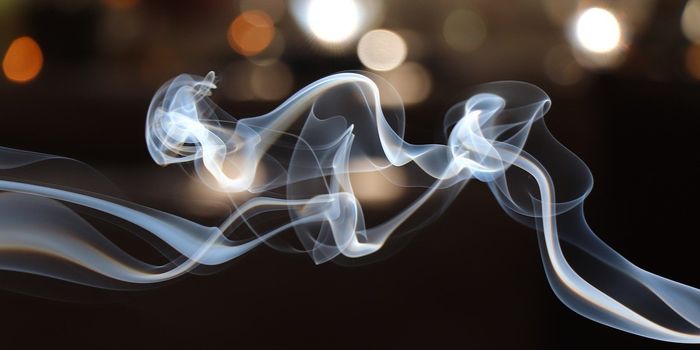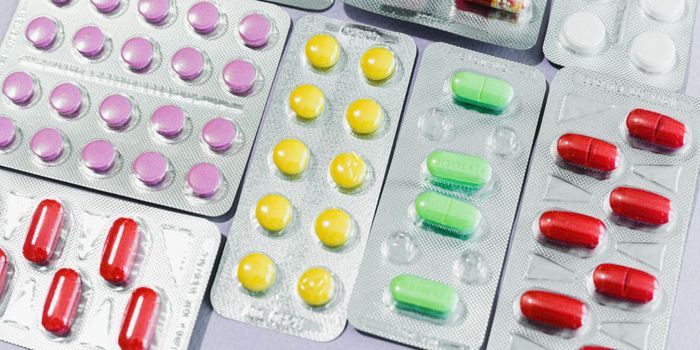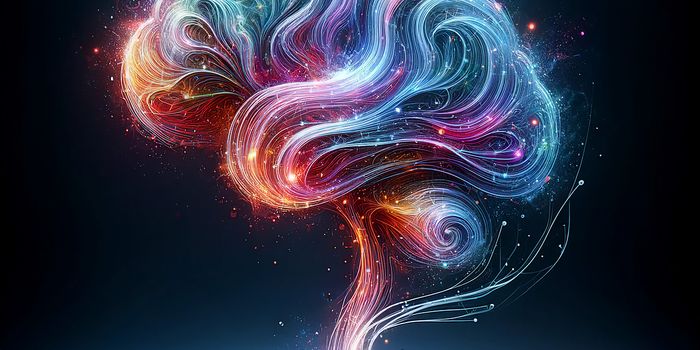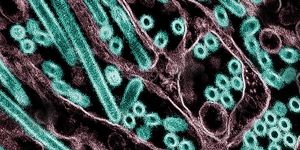Cannabinoid CBN's Ability to Counter Sleep Disorders
A study published in Neuropsychopharmacology indicated that cannabinol (CBN) sleep-promoting properties comparable to conventional sleep medications. The findings showed that CBN and its active metabolite influence sleep architecture in rats. CBN is one of the hundreds of cannabinoids found in the cannabis plant.
University of Sydney researchers used polysomnography to analyze CBN’s sleep-inducing properties in rats. The findings showed that CBN increased total sleep time. The study suggested that CBN increased non-rapid eye movement (NREM) and rapid eye movement (REM) sleep. One finding revealed evidence of biphasic effects with initial sleep suppression before a significant uptick in sleep duration and quality. Study author Dr. Jonathan Arnold described the importance of the findings: “This provides the first evidence that CBN indeed increases sleep using objective sleep measures. It was a surprise that CBN metabolism in the body can yield a much greater effect on cannabinoid CB1 receptors than the parent molecule CBN, which has much more limited activity.” Endocannabinoids such as anandamide and 2-arachidonoyl glycerol (2-AG) target the cannabinoid CB1 receptor. The study suggested that it is likely that CBN binds to and activates CB1 receptors in the endocannabinoid system responsible for regulating the sleep-wake cycle.
The results point to the need for additional research on CBN’s effectiveness as a therapeutic sleep aid. CBN produces a similar effect on (non-rapid eye movement sleep) NREM to pharmaceutical sleep aids like zolpidem, but CBN can influence REM sleep, whereas many prescription treatments cannot. In the NREM sleep phase, the brain’s activity slows, muscles relax, and the immune system works to restore the body, while REM sleep facilitates dreaming and processing of emotions.
Future research on CBN’s sleep-promoting properties is critical for developing effective sleep disorder treatments, especially as an increasing number of insomnia patients are choosing CBN products over prescription sleep aids.
Sources: Neuropsychopharmacology, The Independent








